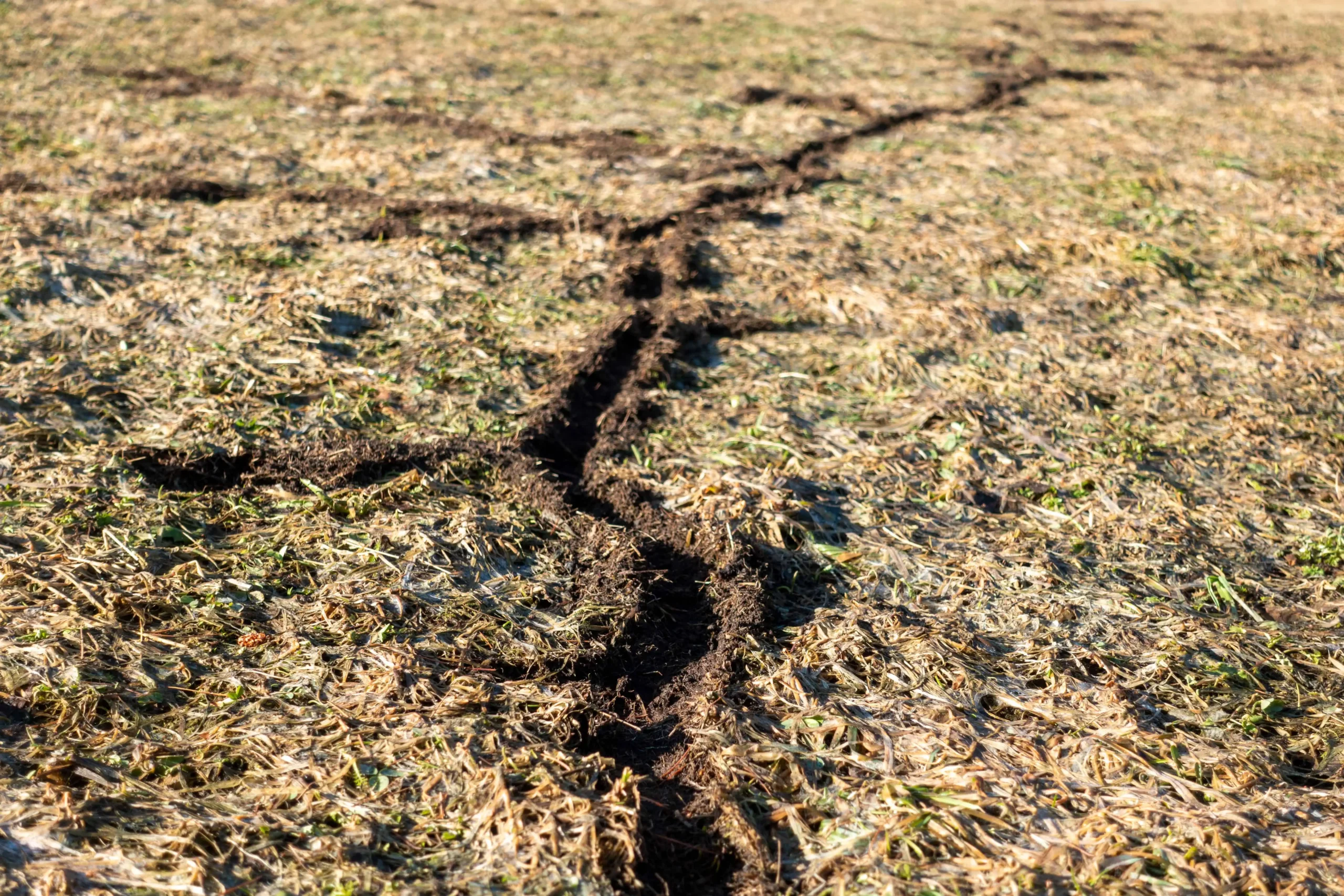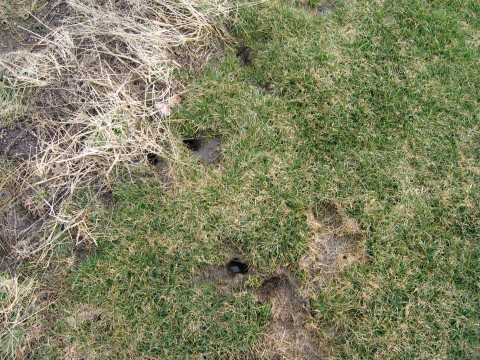Shield Your Yard: Reliable Vole Control Techniques
Shield Your Yard: Reliable Vole Control Techniques
Blog Article
Mastering Vole Insect Control: Extensive Insights on Invasion Avoidance and Treatment Techniques
By identifying the refined signs of vole problem early on, we can take aggressive procedures to avoid extensive damage. In this discussion, we will certainly discover the subtleties of vole behavior, dive into the identification of problem indications, and uncover the most efficient avoidance and treatment methods.
Comprehending Vole Actions
Analyzing the foraging patterns of voles supplies valuable insights into their actions and habitat choices. Voles, little rodents appearing like computer mice, are herbivores understood for their underground tunneling activities. By observing their foraging habits, researchers can get a far better understanding of where voles like to establish their environments and the degree of their ecological effect. Voles are prolific breeders, with a solitary female with the ability of creating numerous litters in a year, making it vital to understand their habits for reliable pest control approaches.
Study indicates that voles show careful feeding habits, choosing origins, seeds, and tubers. This nutritional choice affects their foraging patterns, leading them to locations abundant in plants and ground cover. In addition, voles are recognized to produce sophisticated tunnel systems for foraging and nesting purposes, suggesting a high degree of flexibility to their environments.
Recognizing vole behavior is vital for carrying out targeted parasite control measures that disrupt their habitat preferences and foraging tasks (vole lawn damage). By studying their habits, experts can develop more effective avoidance and treatment strategies to take care of vole invasions

Identifying Indications of Vole Infestation
Vole infestations can be spotted by acknowledging certain signs of their presence in a location. Among one of the most usual signs of a vole infestation is the presence of surface paths. Voles create networks of narrow pathways on the ground that are typically around 2 inches large. These paths are commonly discovered in verdant locations or under compost or ground cover where voles can relocate easily and search for food.
An additional vital indication of vole problem is the visibility of little burrow openings in the ground. Voles dig superficial burrow systems with several entries and exits. These burrows serve as sanctuary and nesting websites for the voles. In addition, voles are understood to leave eaten plant stems, roots, and light bulbs near their burrow openings, suggesting their feeding task in the location.
Locating these droppings along runways or near burrow openings can confirm a vole problem. By being alert for these indications, home owners can immediately resolve vole invasions and protect against additional damage.
Implementing Proactive Prevention Procedures

Moreover, using natural vole deterrents like castor oil-based repellents or predator urine can act as efficient safety nets. It is also advisable to frequently inspect outdoor areas for any type of indicators of vole activity, such as paths or delve openings, to address possible problems immediately. vole pest control. By taking on these aggressive avoidance approaches, homeowner can considerably lower the chance of vole damages and preserve the health and wellness and looks of their landscapes
Effective Therapy Techniques
Integrating targeted trapping approaches and utilizing approved rodenticides are essential components of reliable therapy techniques for managing vole problems. Trapping can be an effective means to decrease vole populations, particularly when put strategically in their active paths. Break traps and live traps can both work, with the latter permitting the capture and moving of voles. When utilizing rodenticides, it is important to comply with security guidelines to stop injury to non-target pets and animals. Location rodenticides in secure bait terminals to decrease threats to unintentional targets. In addition, environment adjustment, such as reducing ground cover and removing sources of food, can aid prevent voles from infesting a location. Regular surveillance and maintenance are also essential elements of effective treatment techniques to guarantee that vole populaces are maintained under control. By integrating trapping, rodenticides, habitat adjustment, and consistent monitoring, efficient vole parasite control can be accomplished.
Tracking and Maintenance Tips
Routine surveillance vole control utah enables for the very early detection of vole activity, making it possible for timely intervention prior to problems worsen. To successfully keep an eye on vole populations, purposefully placed traps can be used in vole paths or near burrow entryways.
Furthermore, maintaining a well-kept and clean landscape is essential in vole avoidance. Cleaning away debris, such as heaps of wood or thick plant life, removes prospective vole habitats. Frequently cutting lawns and trimming plants helps minimize vole concealing areas and lessens their accessibility to food resources.
Additionally, recurring upkeep of physical barriers, such as fencings or wire mesh, is crucial to stop vole invasion. Examining and repairing any damages to these structures guarantees that vole control stays reliable in securing residential properties from problems. By including these surveillance and maintenance techniques into a detailed vole parasite control strategy, individuals can efficiently manage vole populations and shield their residential properties from damage.
Verdict
To conclude, mastering vole parasite control calls for a solid understanding of vole actions, the capability to recognize indicators of invasion, implementing proactive avoidance actions, effective therapy techniques, and constant surveillance and upkeep. By taking a detailed approach to vole control, individuals can effectively manage and prevent invasions, inevitably shielding their property and bordering environment from damage brought on by these tiny rodents.
In this discussion, we will check out the subtleties of vole actions, dive right into the identification of infestation indications, and discover the most reliable avoidance and therapy approaches.Integrating targeted trapping techniques and using accepted rodenticides are essential elements of efficient treatment strategies for handling vole invasions. To efficiently keep track of vole populations, tactically placed traps can be utilized in vole paths or near burrow entries. Examining and repairing any damages to these structures guarantees that vole control continues to be efficient in safeguarding buildings from problems. By incorporating these surveillance and upkeep techniques right into a detailed vole pest control strategy, individuals can properly manage vole populaces and shield their residential properties from damages.
Report this page